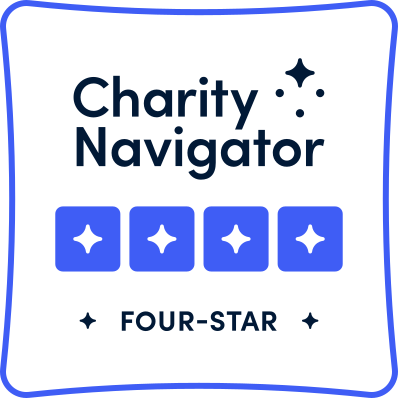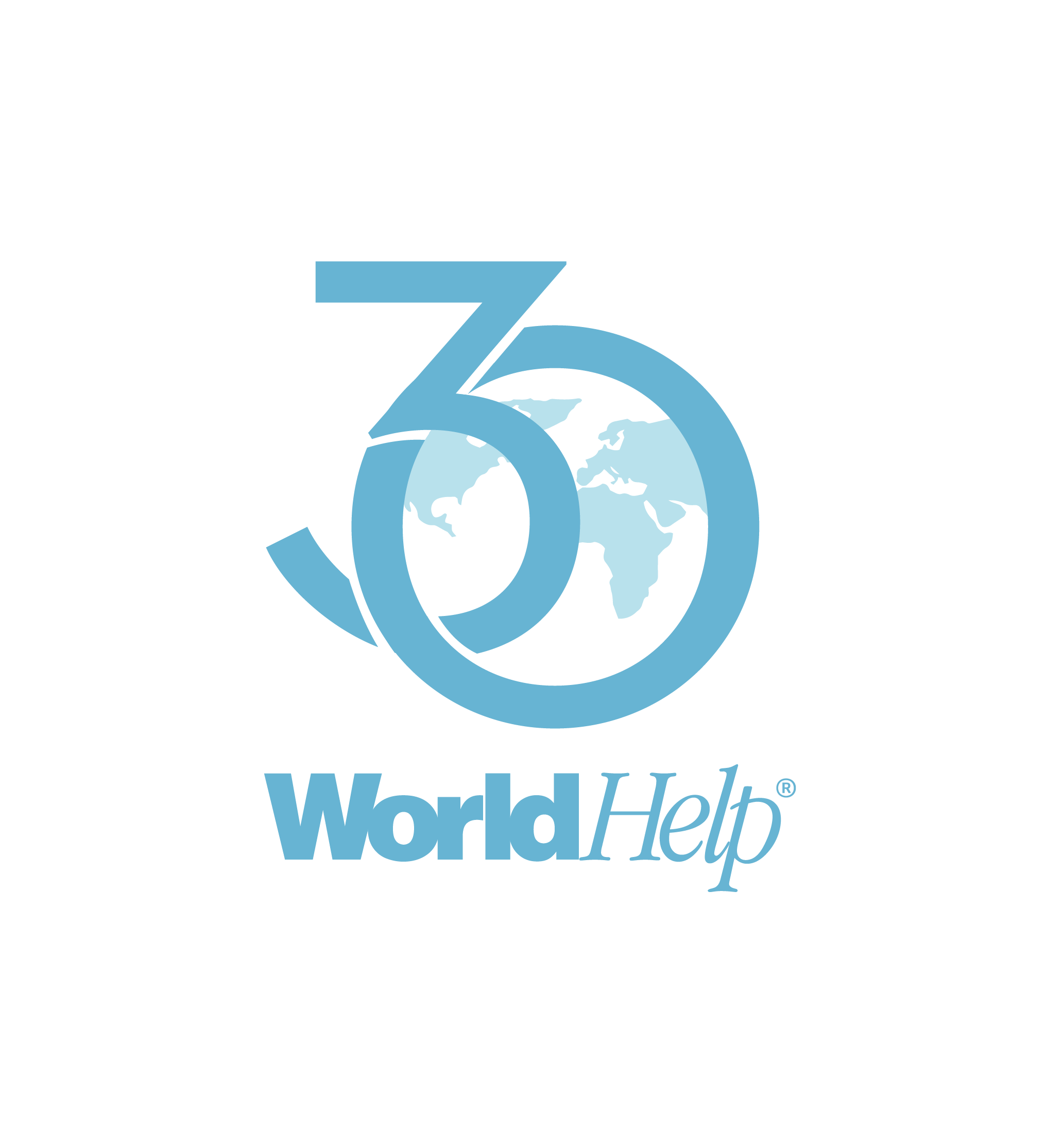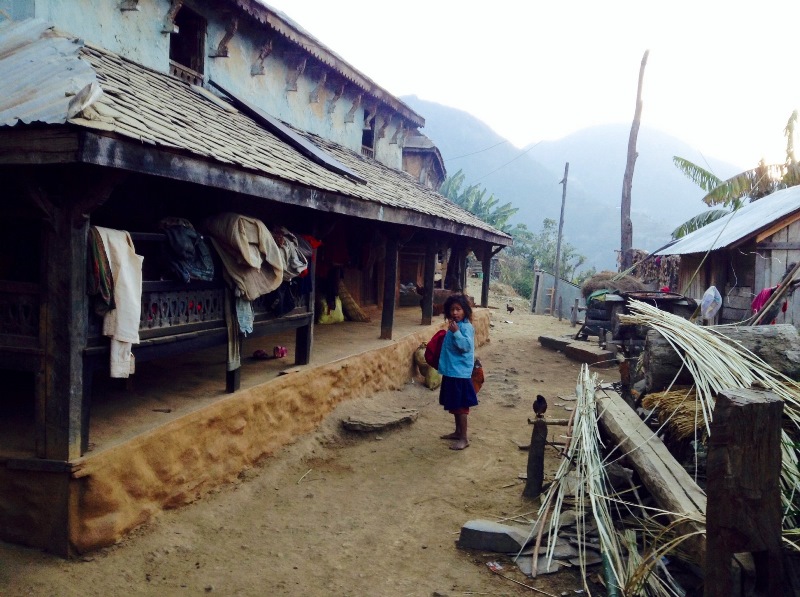
“Most people envision gushing, crystal clear water abundantly flowing off the majestic Himalayan Mountains in Nepal. To tell you the truth, I knew the need for clean water was prevalent before my husband and I lived here, but really, I had no grasp as to how dire the situation was. This is a picture of a young girl who lives in the very remote mountain village of Basbang. This village has no clean water, no electricity and no access to those amenities for hours of driving. This young girl is a heart-wrenching reminder that clean water is not graciously flowing throughout all of Nepal. The dirt-caked feet of those who walk this village every day are desperate for the hope of clean water. I have also seen, in contrast, how life altering clean drinking water is for so many people in Nepal. After seeing both extremes, my hope and prayer is that causelife and World Help are able to continually impact thousands of lives with clean water throughout the world. Clean water lets a person, family and village wake up in the morning with a renewed hope for life, a hope that transforms their world.”
— Brianna Brown Follow @mrsbriannabrown
//
* * *
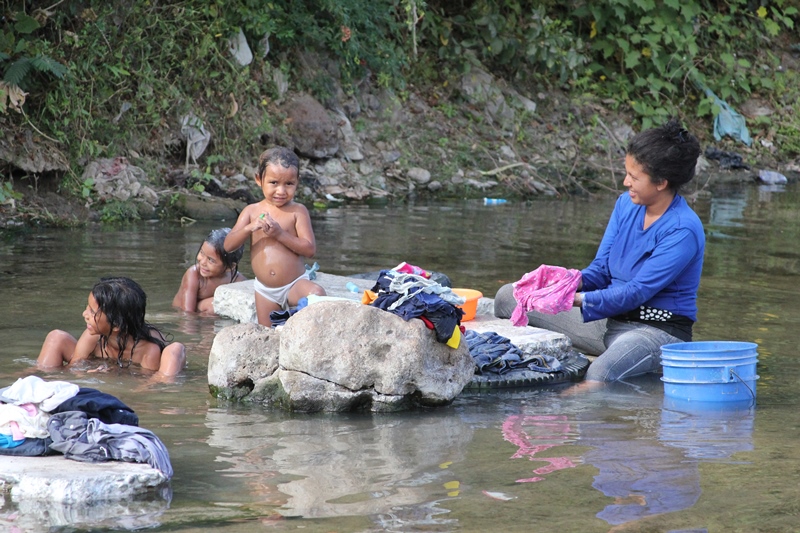
“This is a shot from El Palomar, Honduras- one of the hottest and driest places I have ever been. I visited during the month of February, when temperatures can soar well over 100 degrees each day with no rain for weeks on end. This family is bathing and washing clothes in this stagnant creek which also served as the only source of drinking water.
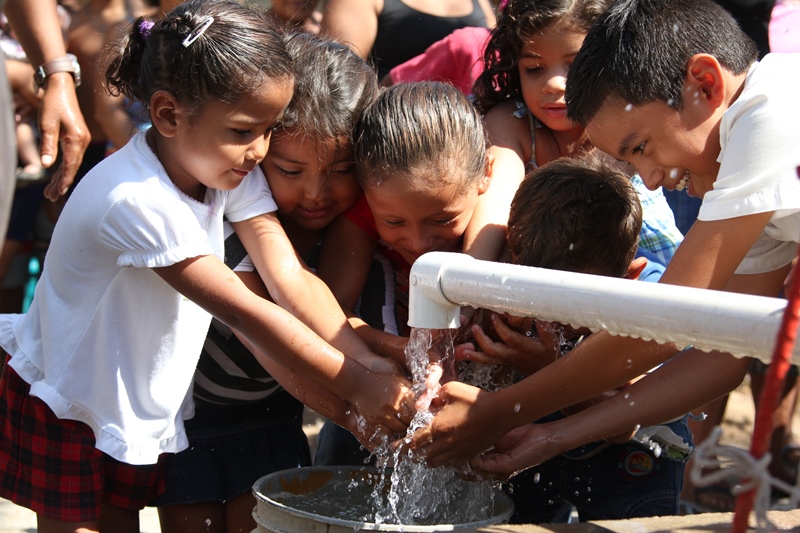
Exactly one year later, I attended the clean water well dedication in El Palomar. Given the dry climate, constructing this well was extremely difficult as engineers had to drill to a depth 2-3 times deeper than usual. Obviously, it was well worth the effort. Seeing this community celebrate access to clean water was incredibly moving.”
— Kraig Cole Follow @kraig31
//
* * *
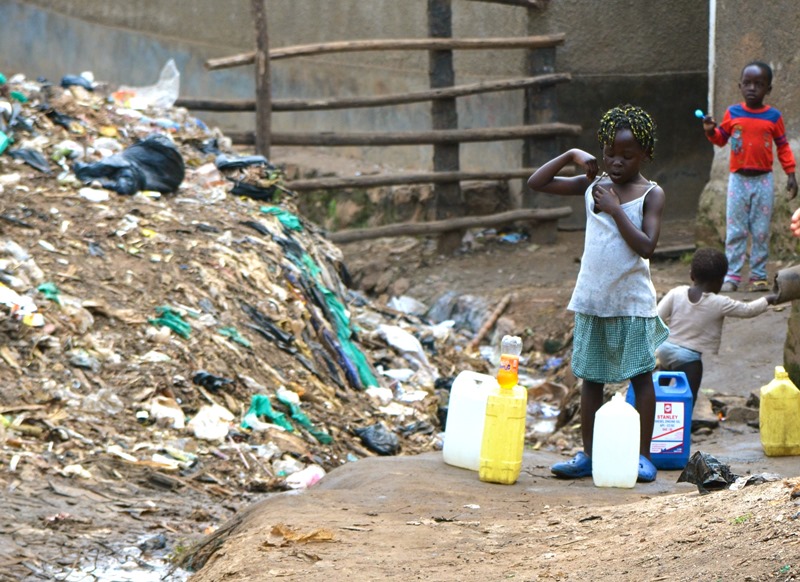
“I captured this image in the Katwe slums of Uganda, the second largest slum in all of Africa. There was hardly a step I could take without having trash underfoot, and one I took landed my foot in animal waste. Over 500,000 people call Katwe their home. I don’t know the source of water a half-million people draw from, but I do know the conditions are anything but clean. The slum was landscaped with hills of rotting refuse, and ditches that held stagnant water with banks of putrid waste. From all directions, children could be seen toting containers, some half their size, for holding water—children that should be in school, or kicking a soccer ball around. This is their life, and all they know. But you and I know better. We know the dangers of drinking contaminated water, and how sickness and disease breeds in poor sanitation conditions. We know the greater hope for their future that could be provided to them if provided with their most basic necessity of life—potable water. Maybe what we need to know is how easy it is for us to make a difference.”
— Michele-Lyn Ault Follow @michelelynault
//
* * *
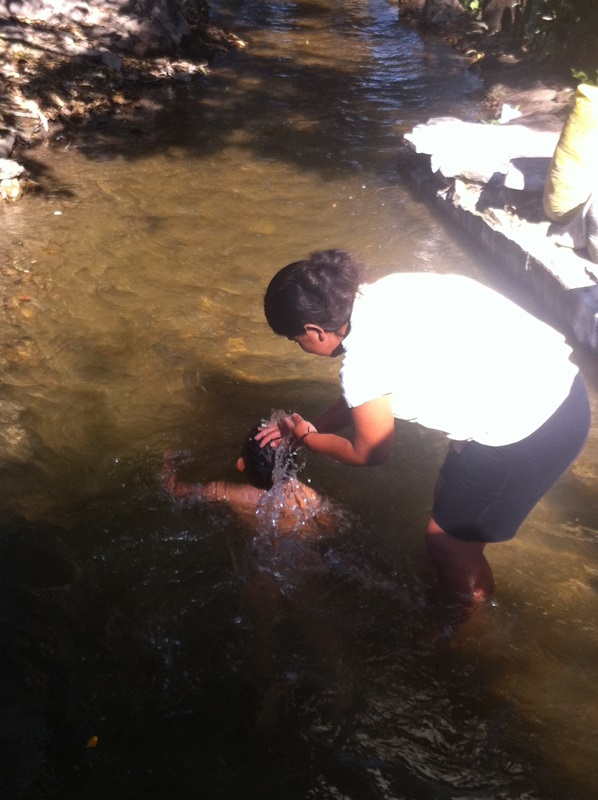
“I’ll never forget taking this picture in Guatemala back in February 2012. This mother was giving her son a bath in a nasty, contaminated river that people not only bathed in and drank from, but used the restroom in as well. I couldn’t help but stare in astonishment, with tears in my eyes as I took the picture. Without clean water, not only will this child not know what it’s like to ever feel truly clean, but he will also risk his life on a daily basis by drinking from this dirty river. Clean water could mean everything to him. It could mean his life.”
— Krystle Carlson Follow @krystlecarlson
//
* * *
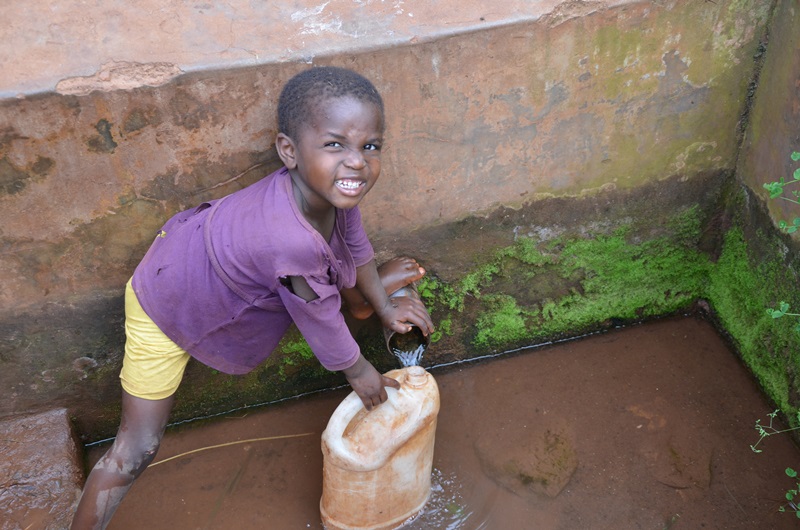
Children in Uganda are often tasked with collecting water for their families’ daily needs.
— Cyrus Mad-Bondo Follow @cyrusmadb
//
//
* * *
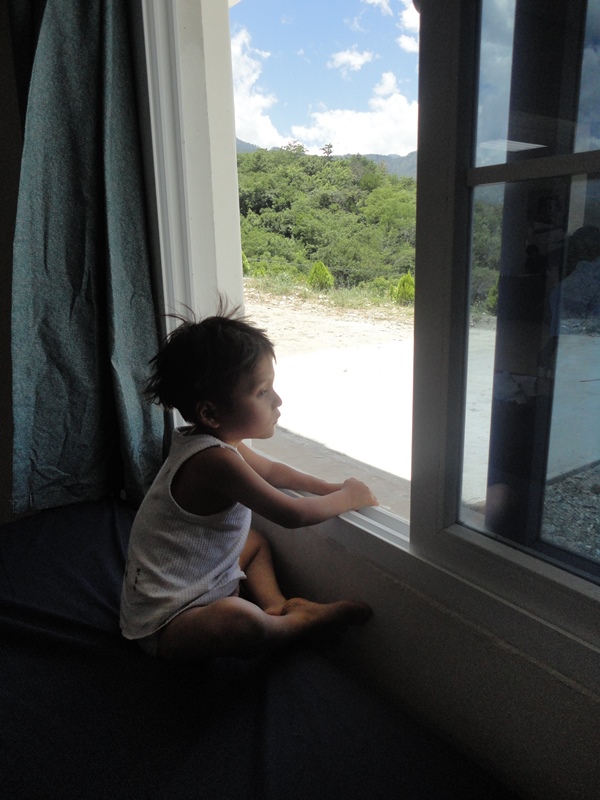
“Wilmer is an 11 year-old boy I met at World Help’s rescue center in Guatemala. He lives in a remote mountain village hours away from medical care and without any access to clean water. This causes numerous problems for Wilmer and his 5 siblings—parasites, sickness, malnutrition, and stunted growth. When he was very young, an untreated eye infection (likely induced by unclean water conditions) left Wilmer blind in one eye. And yet, I had the privilege of watching him as he gazed out the window at the mountains in the distance. Even with just one eye, he was appreciating the view, letting the sunlight surround him, the breeze ruffle his hair, and absorbing the brilliance of the azure sky against the jungle’s chosen palate of green and gold. For me, that moment was about seeing—really seeing—beyond someone’s immediate circumstances into the beauty and potential of what their life holds. For Wilmer, I see the hope of healing through clean water.”
— Suzanne O’Dell Follow @suzanneodell
//
* * *
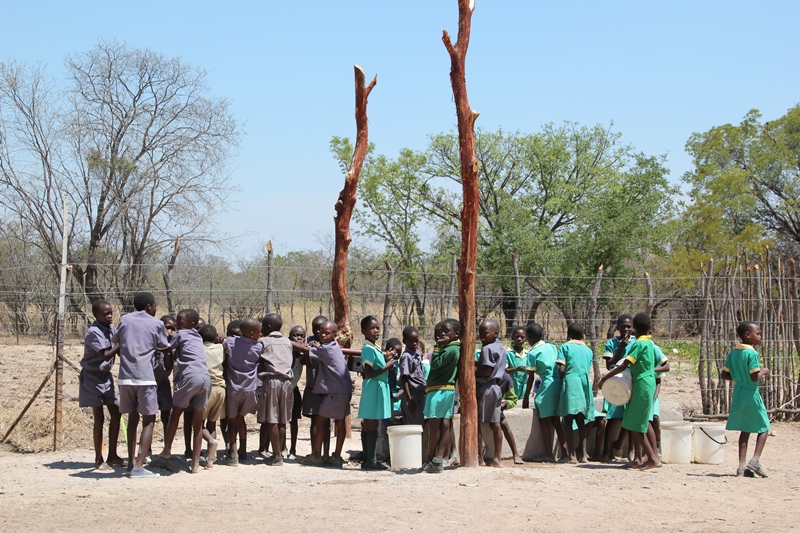
“Schoolchildren in Mbonqane, Zimbabwe work together to pump clean water from the deep bore well at their primary school. Clean water has had a profound impact on this community. Class attendance is up, and access to water at school has enabled students to take agricultural classes that will equip them with skills to tend small gardens at home. Better nutrition at home means better performance in the classroom.”
— Kraig Cole Follow @kraig31
//
* * *
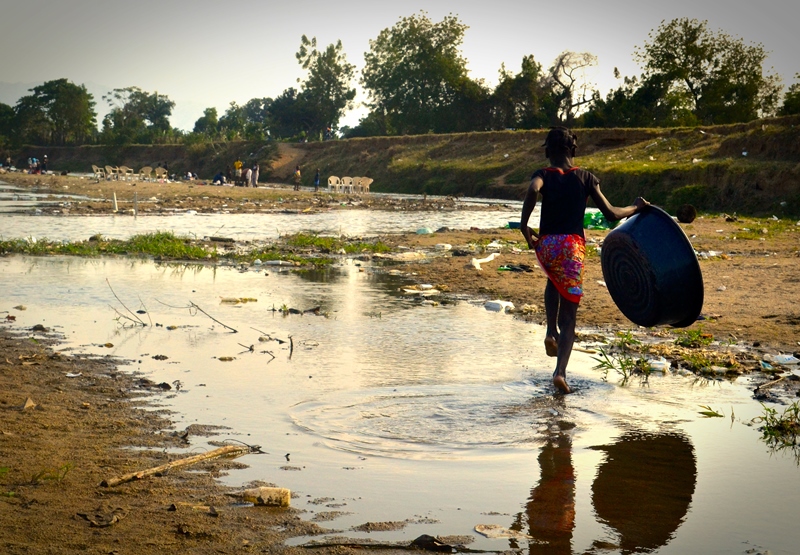
“Massacre” River: Along the northern border of the Dominican Republic and Haiti
“Christened by the memory of relentless killings that have peppered its banks throughout the years, this water source’s bloodstained history intrigues and horrifies. Yet, its subtle and ongoing legacy of death is far more destructive than any battles waged in its waters. Skirting the poorest nation in the Western Hemisphere, the liquid meandering the impoverished countryside promises nearby Haitians the quenching of one of their greatest needs—water. But inside the mother’s bucket, child’s cupped hand, and laborer’s reused-water bottle can be found the parasites, pollution, worms, and fast-growing bacteria that have laid waste to tens of thousands. The vicious cycle of illness caused by contaminated water begins with simple hope—a hope to provide the day’s ration of water, a hope to survive, a hope to find a part of the shallow river free of “bugs.” All-too-often their hope turns to horror . . . the poor and unnoticed become sick . . . the weak, young, and old pass away . . . and the cycle continues. Hundreds descended the precipitous banks of this river that day—collected water, washed, bathed, and then hurried home to continue nightly chores. They had no option but to take their chances . . . to take their lives into their own hands . . . a predicament I have never had to face, and quite possibly never will. We can’t be overwhelmed by the problem’s vastness. Although helpless to intervene at that moment, this same fate doesn’t need to face impoverished communities around the world for generations to come. Together, we can succeed in providing clean-water sources . . . in ending this World Water Crisis. But it begins with compassion, a compassion that leads to action, an action fueled by a desire to bring real hope to those who desperately cling to it.”
— Allyn Lyttle Follow @allynlyttle
//
* * *
Give your compassion some traction: worldhelp.net/causelife
